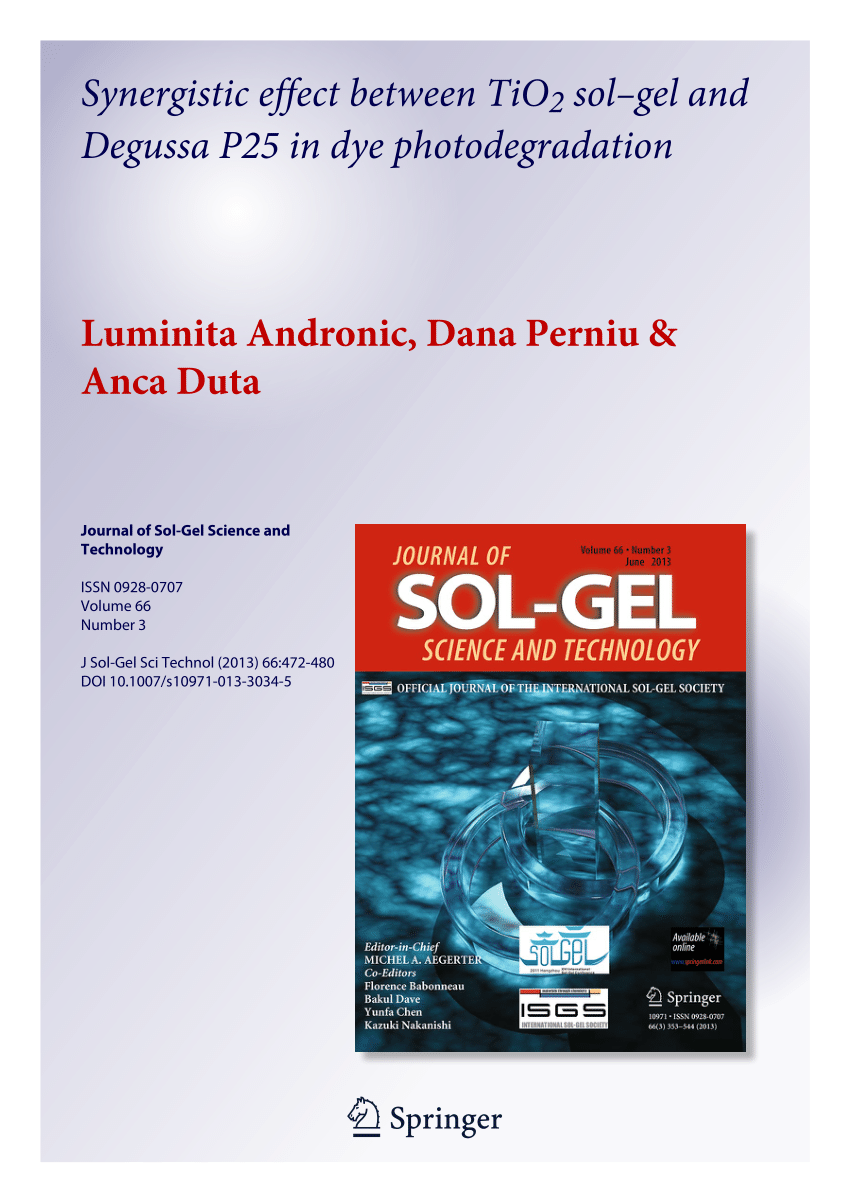A novel stratagem for synthesis of S-scheme Ag3PO4/ZnO nanocomposites by sol-gel assisted sonochemical route for removal of rhodamine B under visible light radiations
Abstract
In this research work, S-scheme Ag3PO4/ZnO heterojunctions were synthesized by sol-gel assisted sonochemical route for photocatalytic degradation of rhodamine B dye under visible radiations. ZnO nanoparticles were synthesized by controlled sol-gel route using pluronic as pore directing templating agent. Various concentration of Ag3PO4 [0–20] wt% were coupled with ZnO sonochemically for generating S-scheme Ag3PO4/ZnO heterojunctions with strong redox power in degrading RhB dye. The physicochemical properties of the as-synthesized samples were monitored by [XRD], N2-adsorption-desorption isotherm, [HRTEM], [DRS], Mapping, [PL], [EDX] and [XPS] devices. HRTEM analysis implied the controlled distribution of spherical Ag3PO4 on localized active sites of ZnO surface. The experimental results implied that incorporating 15 wt% of Ag3PO4 on ZnO surface increased the surface area from 4 to 22 m2/g implying the production of more available active sites. The visible light absorbability of ZnO was greatly enhanced with incorporating various proportions of Ag3PO4 which ascribed to the narrow band gap energy of Ag3PO4 [2.4 eV]. The experimental results revealed that photocatalytic efficiency of the a-synthesized samples increased with introducing various proportions of Ag3PO4 on ZnO surface due to generation of S-scheme Ag3PO4/ZnO heterojunctions with superior charge carriers separation and transportation. Scavenger trapping experiments revealed that hydroxyl and superoxide radicals exhibited a crucial role in destructing RhB dye under light illumination. The novel S-scheme Ag3PO4/ZnO is considered a promising candidate for destructing organic pollutants in wastewater.
Graphical Abstract

 求助内容:
求助内容: 应助结果提醒方式:
应助结果提醒方式:


